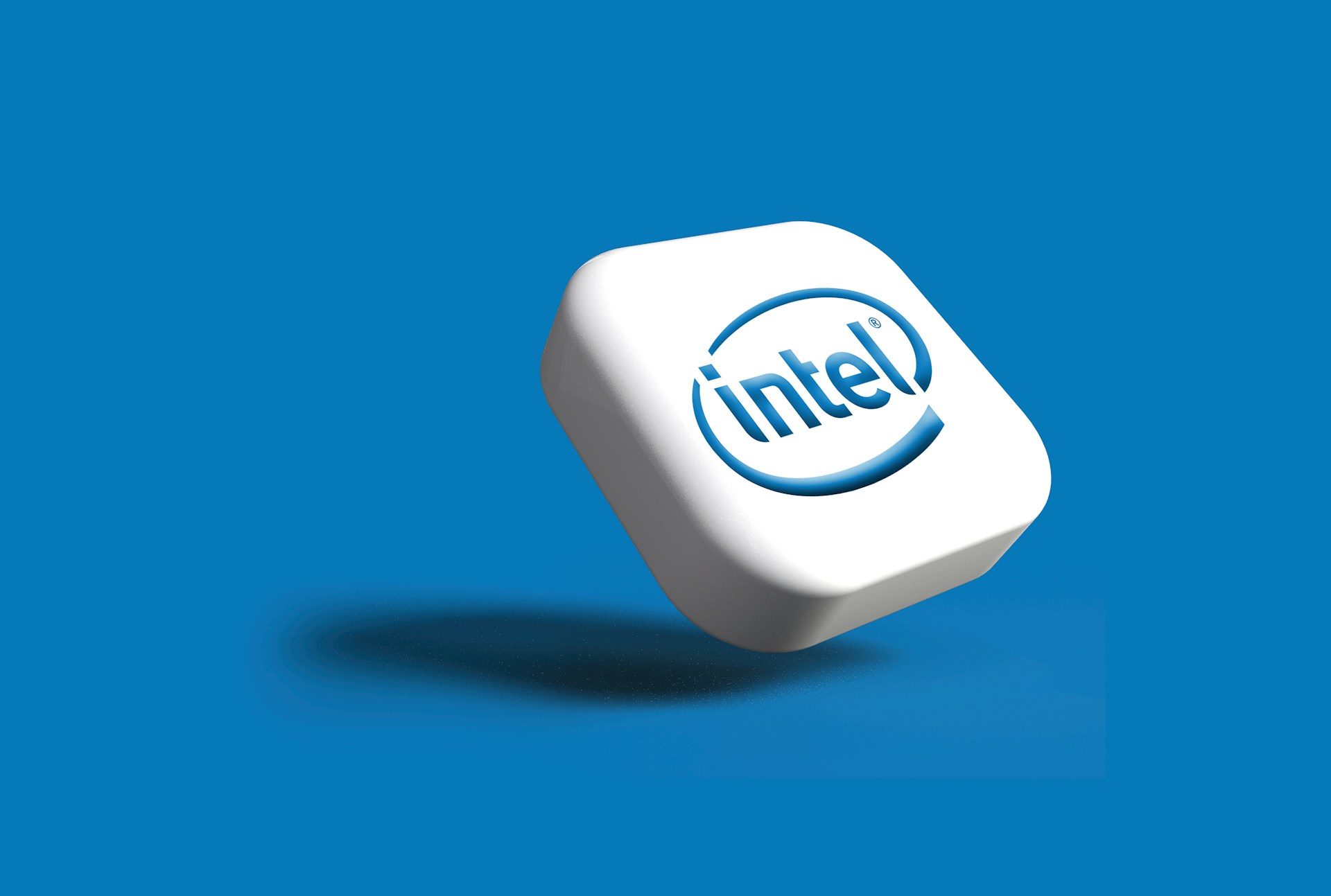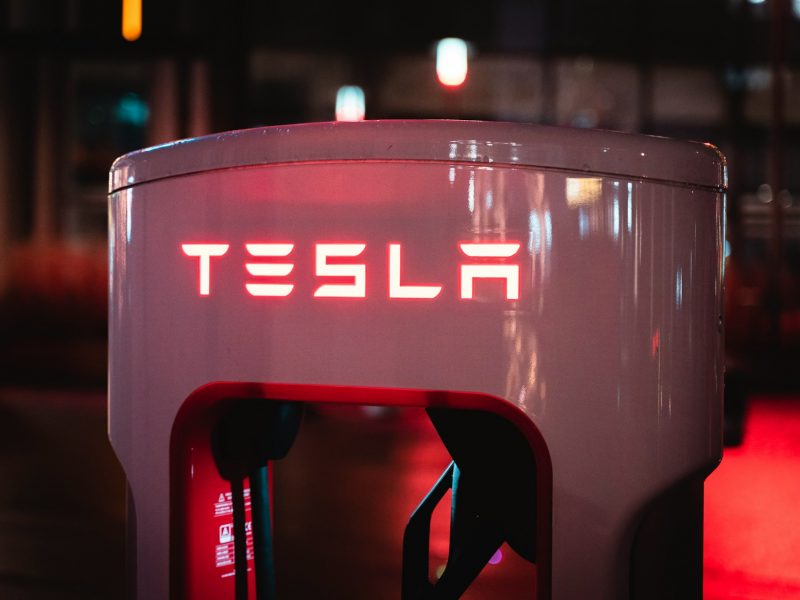The U.S. government is set to become the largest shareholder in Intel Corp. after an agreement was announced for an $8.9 billion direct investment in the semiconductor giant. According to the deal, the government will acquire 433.3 million shares of the company. This infusion, combined with previously awarded grants, brings the total federal funding for Intel to $11.1 billion. The transaction will give the U.S. government a 9.9% stake in the company’s outstanding shares.
Terms of the Deal and Governance
Under the terms of the agreement, the government’s role as a shareholder will be limited. Intel clarified that the U.S. government will not have representation on the board of directors or any special rights related to corporate governance. For matters requiring shareholder approval, the government has agreed to vote in alignment with the board’s recommendations, although the agreement includes provisions for “limited exceptions.” The government is acquiring the shares at a significant 17.5% discount compared to the stock’s closing price on the 22nd. While neither the Trump administration nor Intel has specified a timeline for the transaction, it will position the federal government as the company’s principal investor upon completion.
A Lifeline Amidst High-Stakes Challenges
This landmark investment, made under the CHIPS Act to bolster domestic semiconductor manufacturing, comes at a critical time for Intel. Once synonymous with American technological leadership, the company has faced years of operational missteps, losing its top position in the industry to Taiwan Semiconductor Manufacturing Co. (TSMC) and falling behind Nvidia in the race to develop chips for artificial intelligence.
The company is now under immense pressure to prove its capabilities in advanced semiconductor manufacturing and secure a stable client base. Intel’s foundry business, which manufactures chips for other companies, is banking on its next-generation “18A” and “14A” process nodes. However, finding high-volume customers has proven difficult. In a stark warning last month, CEO Lip-Bu Tan, who took the helm in March, stated that the foundry business might be forced to shut down if it cannot secure major clients, adding, “Future investment in 14A will be based on firm purchase commitments from customers.”
Production Hurdles and Analyst Skepticism
Compounding the challenge are significant technical hurdles. According to a Reuters report, Intel is struggling with low yield rates for its 18A process, meaning a smaller percentage of manufactured chips are functional. While established foundries like TSMC can absorb the initial costs associated with low yields when working with major partners like Apple, Intel—having reported losses for six consecutive quarters—lacks the financial flexibility to do the same.
Analysts remain cautious about the company’s prospects. “Securing a sufficient number of customers is essential for Intel to move forward with 18A and 14A production and for the foundry business to survive,” said Kinngai Chan, an analyst at Summit Insights. He emphasized that government funding alone cannot turn the tide without customer buy-in. Ryuta Makino, an analyst at Gabelli Funds, echoed this sentiment, stating, “If the yields are poor, new customers won’t use Intel’s foundry, and the technical problems will never be solved.”
Political Motivations and Future Outlook
The investment aligns with President Donald J. Trump’s core agenda of expanding domestic manufacturing and creating American jobs. The President has shown a strong interest in reshoring the semiconductor industry, even suggesting the possibility of imposing tariffs as high as 300% on imported chips.
While analysts agree that government support for factory construction is a tailwind for Intel, some view this specific deal as a double-edged sword. Makino suggested that the Trump administration’s investment could ultimately bring more drawbacks than benefits compared to the funding previously promised under the Biden administration’s CHIPS Act, calling the new capital “restricted.”
Despite the challenges, Intel is pushing forward with ambitious plans, investing over $100 billion to expand its U.S. facilities and announcing that its plant in Arizona will begin mass production later this year. Ultimately, while the government’s financial backing provides critical support, Intel’s future will be determined by its ability to resolve its manufacturing issues and win the trust of the world’s leading tech companies.


